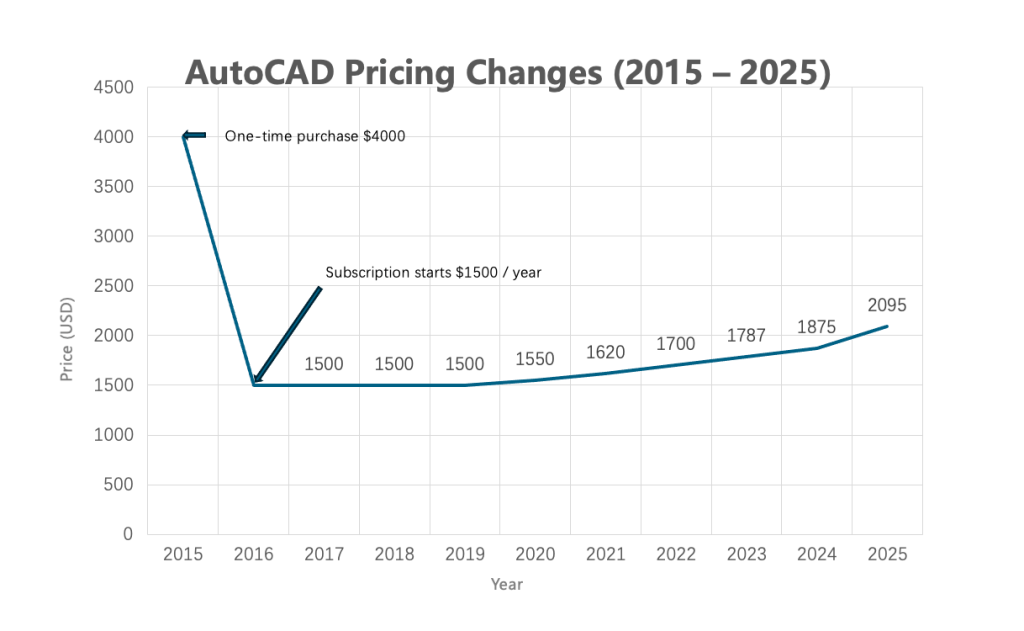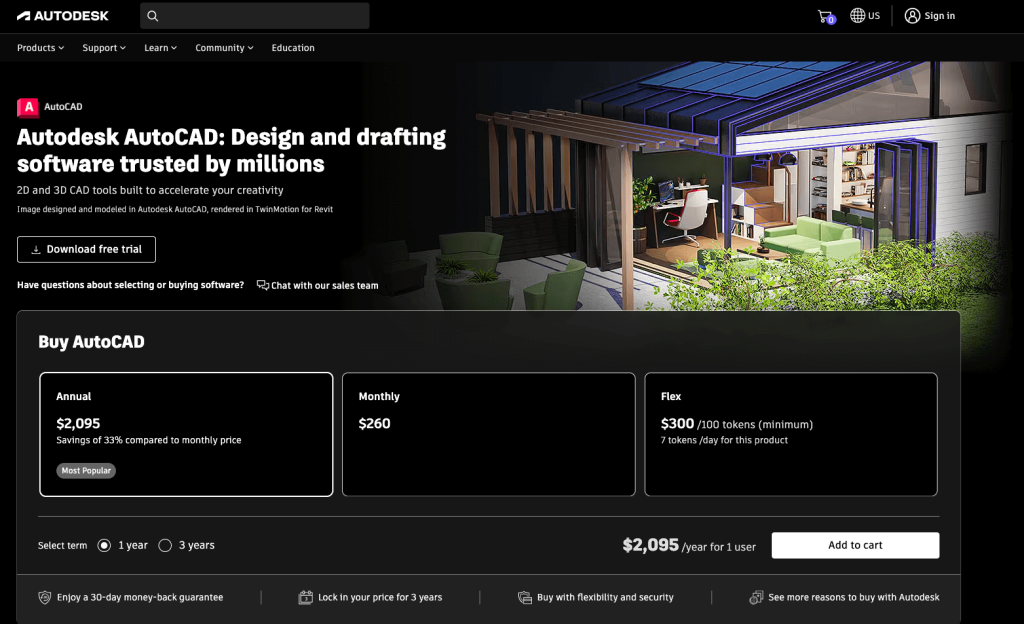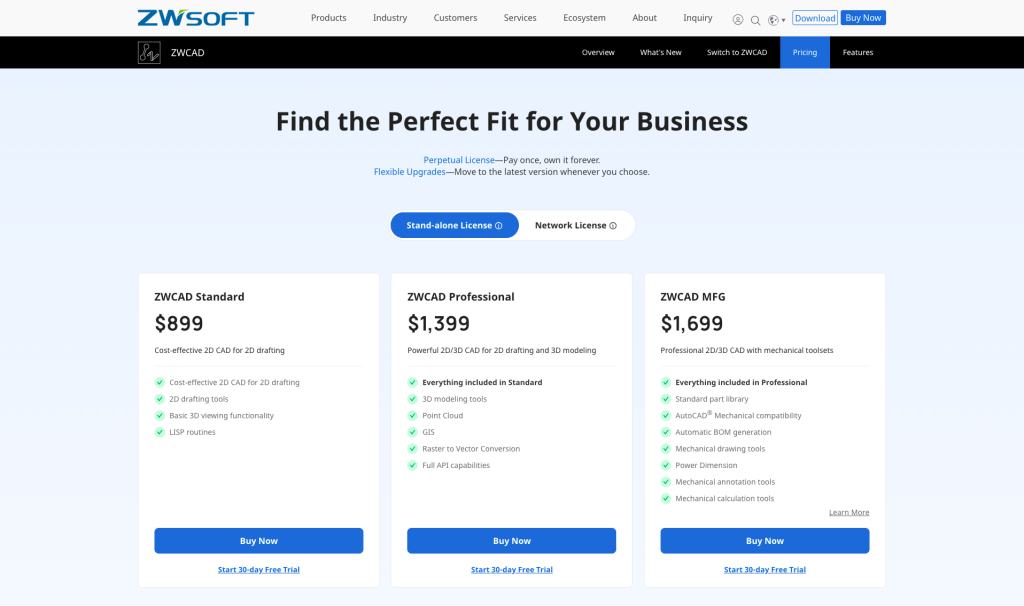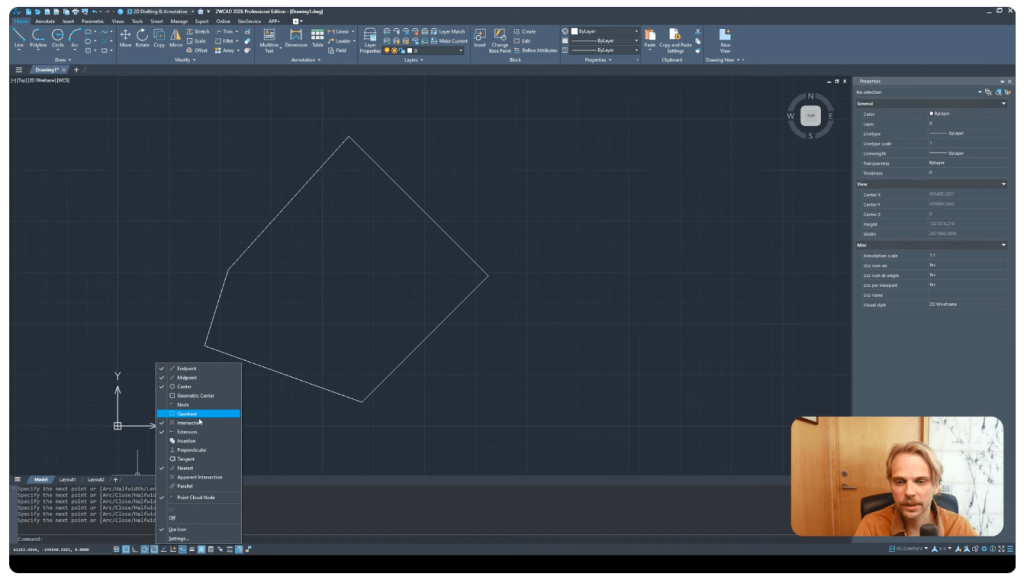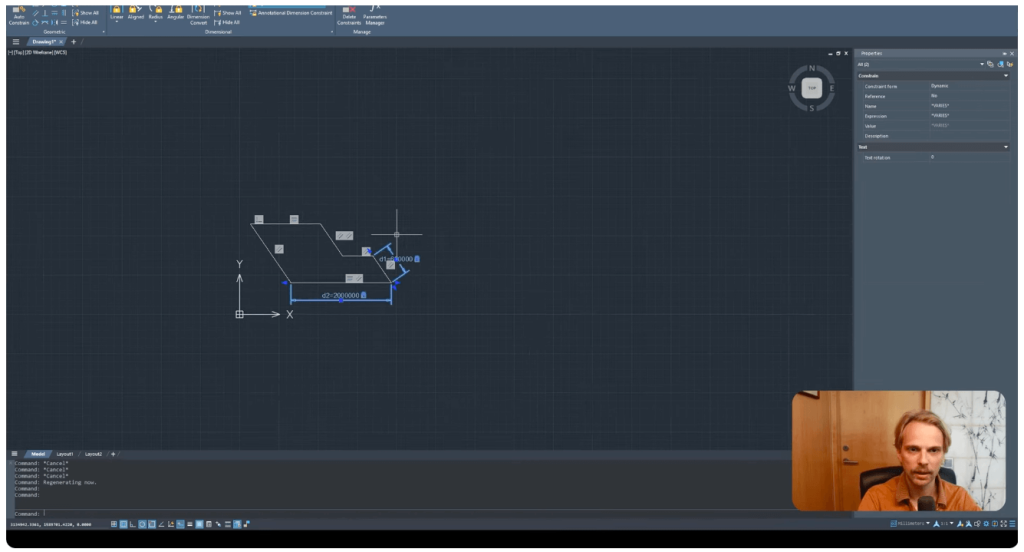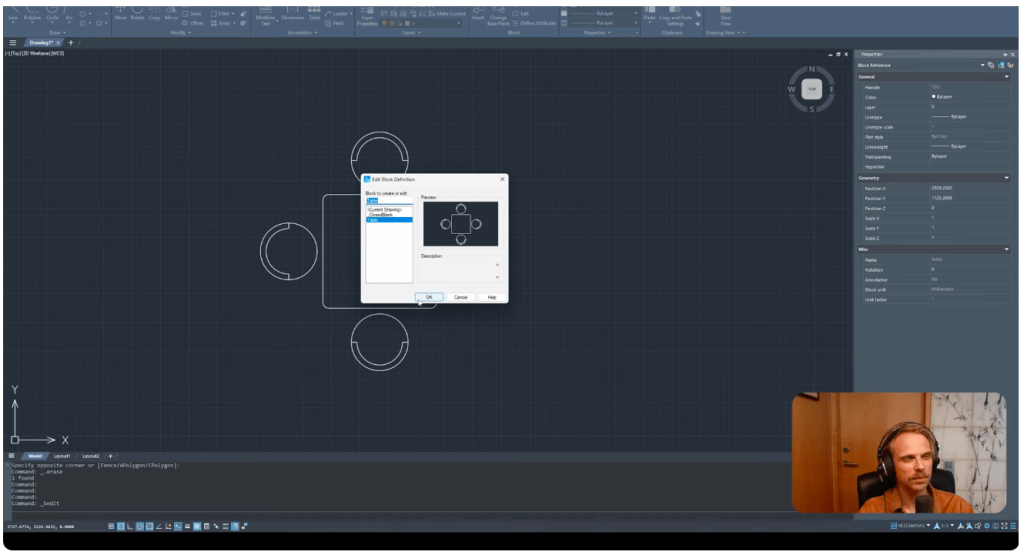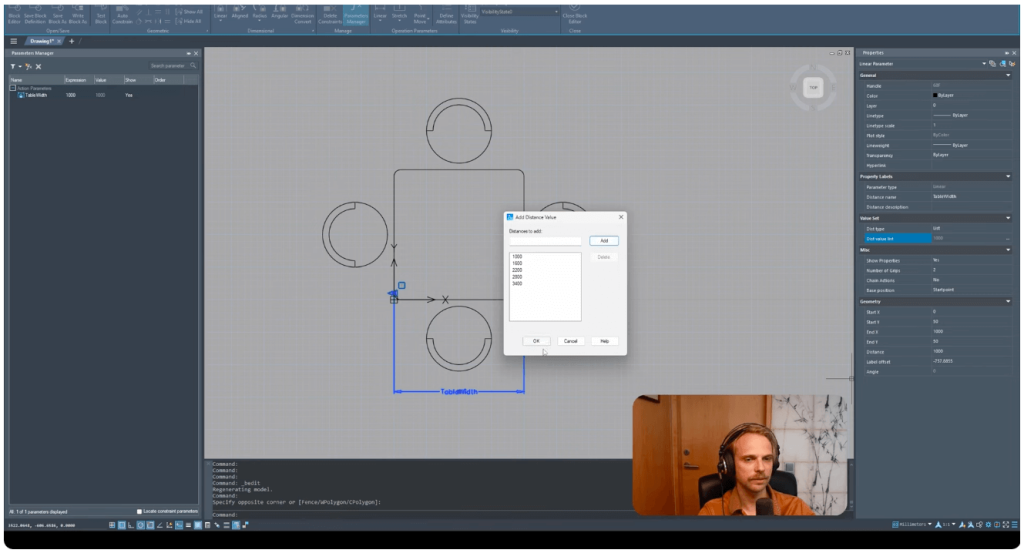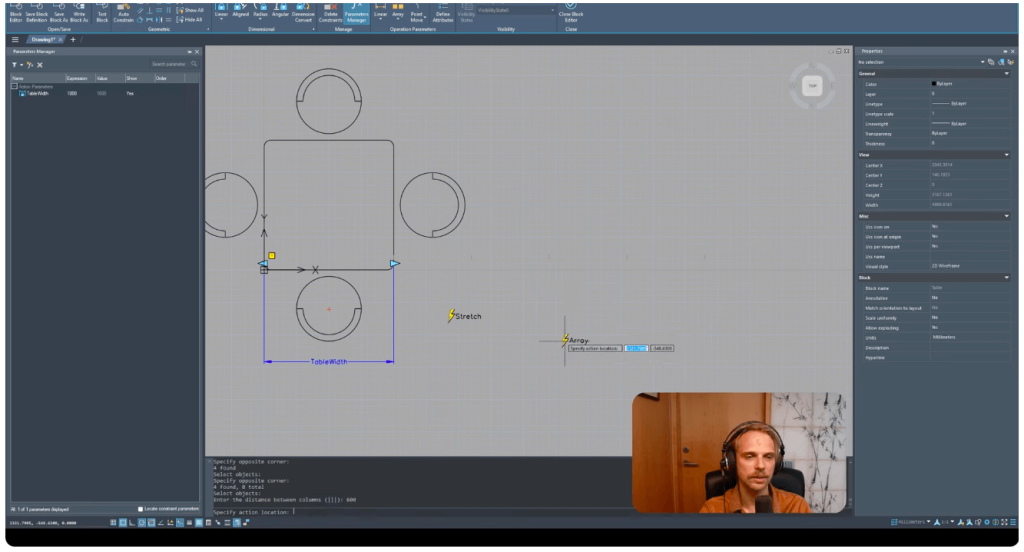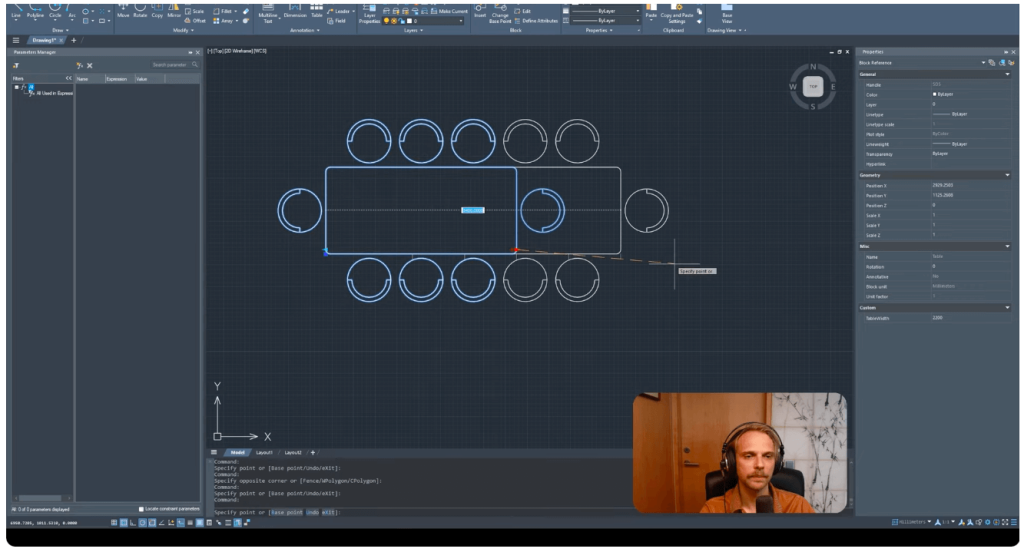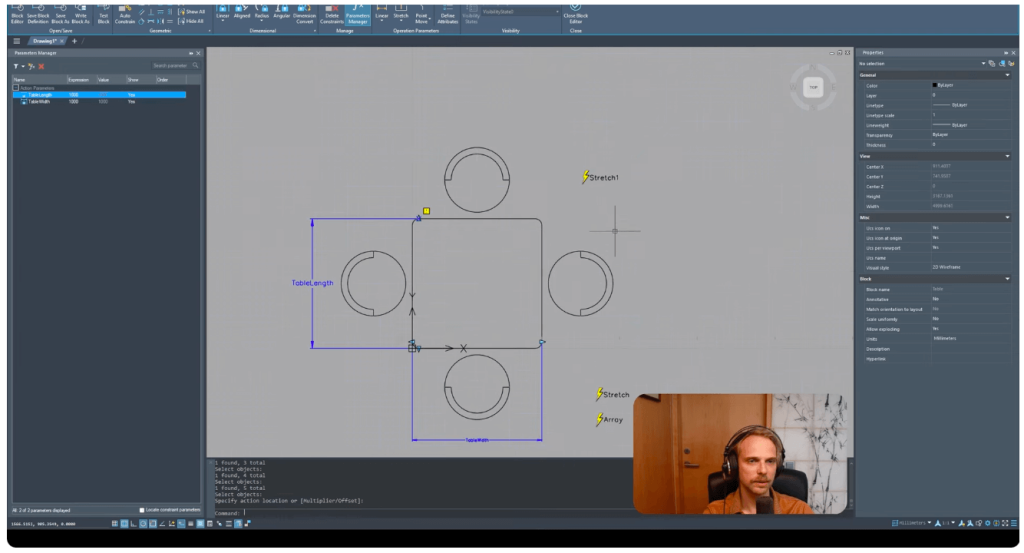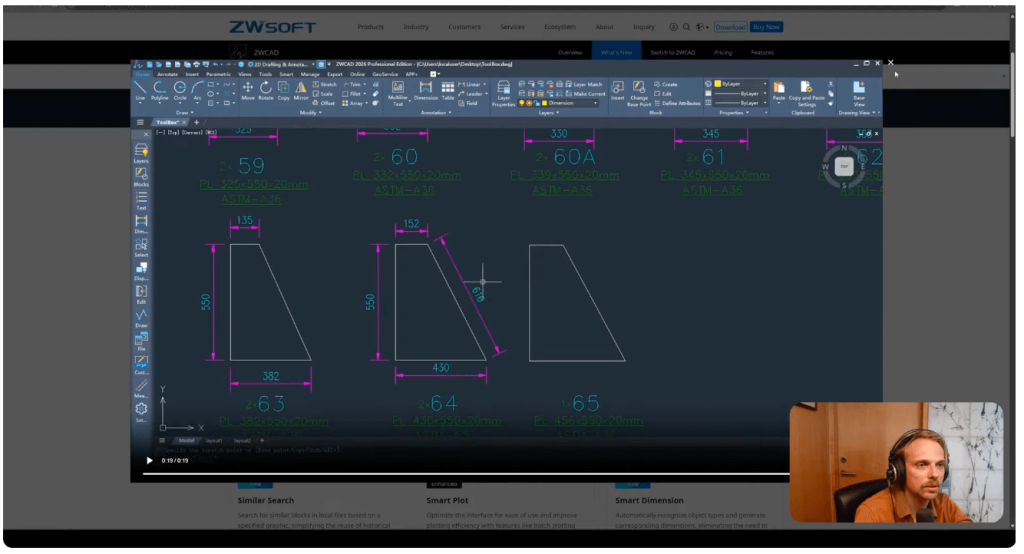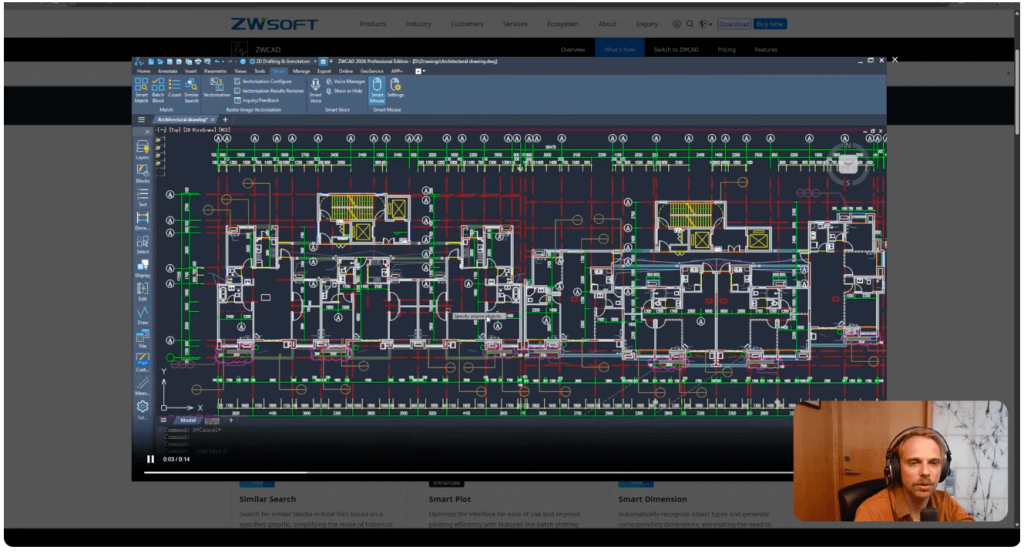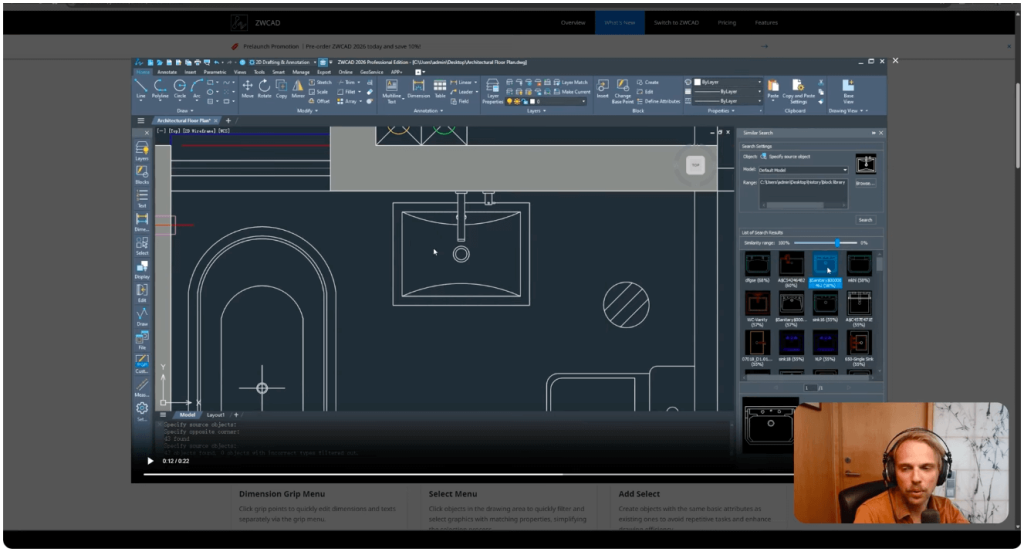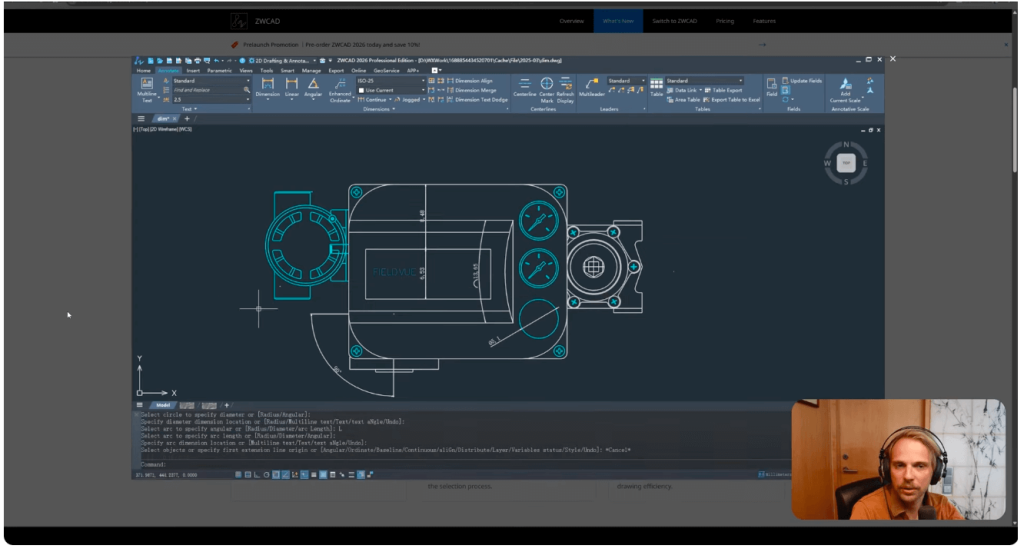Recently, Gediminas Kirdeikis, a Swedish architect and educator known for his expertise in computational design and architectural visualization, released a detailed review of ZWCAD 2026. In this review, he continues to explore the theme of finding less predatory yet highly capable alternatives to mainstream CAD software.
If you want to watch the full detailed review, you can check out his video here.
Contents
- 1. AutoCAD Pricing Increases Keep Adding Up
- 2. ZWCAD’s Perpetual License
- 3. Similar Interface & Low Learning Curve
- 4. Parametric Design
- 5. Flexiblock
- 6. Other Noteworthy Features
- 7. Conclusion
AutoCAD Pricing Increases Keep Adding Up
Gediminas begins his review by addressing one of the most pressing concerns for design professionals today: software pricing models.
Looking back at AutoCAD’s pricing history reveals a significant shift in software acquisition models over the past decade.
In 2015, AutoCAD was available for a one-time payment of approximately $4,000, granting perpetual ownership. However, in 2016, AutoCAD transitioned to a subscription-based model charging around $1,500 annually. While this appeared more affordable initially, the ongoing yearly cost effectively means users are repurchasing AutoCAD every two and a half to three years. Interestingly, perhaps because the price was still acceptable at that time, this change faced little public complaint.
The price remained stable for several years until 2020, when it rose by a modest $50 to $1,550, which still went unnoticed by most users.
Since then, the price has steadily risen: $1,620 in 2021, $1,700 in 2022, $1,787 in 2023, $1,875 in 2024, and reaching $2,095 in 2025. Over nine years, the price has increased by nearly 40 percent compared to the original subscription cost, and it remains uncertain whether prices will continue to rise.
This pricing strategy understandably frustrates many users, yet it has not stopped the existence of highly competitive alternatives in the market.
People also read: 8 Best AutoCAD Alternatives for CAD Design in 2025
ZWCAD’s Perpetual License
Unlike AutoCAD’s subscription model, ZWCAD offers a perpetual license. The licenses are based on a one-time purchase, meaning that once bought, the user owns the software outright. There is no need for annual renewals or subscriptions, and the software will never expire after a year. This ownership model is a significant advantage over subscription-based products.
The pricing of ZWCAD is also attractive: while AutoCAD charges around $2,000 per year, ZWCAD offers a perpetual license for approximately $900.
For architectural and general CAD purposes, ZWCAD Standard meets about 99.9% of typical project needs. Users who require more advanced features, such as point cloud data management or GIS integration, should consider the ZWCAD Professional edition, which includes additional tools designed for these specialized workflows. ZWCAD also offers a 30-day free trial, which you can download here to explore its full functionality before making a decision.
Now let’s take a closer look at ZWCAD 2026.
Similar Interface & Low Learning Curve
ZWCAD 2026 offers a user interface very similar to mainstream CAD software, making the transition smooth and straightforward for users familiar with AutoCAD. The command line functions exactly as expected, and snap features behave both visually and functionally alike, with nearly identical snap icons. This close interface resemblance minimizes the learning curve when switching between the two programs.
Gediminas also noted that DWG files created in ZWCAD can be shared with AutoCAD users without any issues. Similarly, importing DWG files from AutoCAD into ZWCAD works seamlessly. Overall, the file compatibility is excellent, providing a reliable and hassle-free workflow. This is considered one of ZWCAD’s major advantages.
Parametric Design
One of the key new features in ZWCAD 2026 is Parametric Design, which allows users to control geometry through constraints and dimensions. Imagine a drawing fully linked together that updates automatically when you enter new measurements. It’s a powerful workflow.
Gediminas demonstrates this by working with a simple L-shaped polyline. He applies geometric constraints such as horizontal, coincident, and parallel to define fixed relationships between elements. These ensure the shape maintains its intended structure even when points are moved.
After establishing the geometric relationships, he adds dimensional constraints to lock specific measurements. Changing these values updates the shape automatically, showing how ZWCAD enables dynamic and precise control over design iterations. This functionality is especially useful for creating adaptable, rule-based drawings and improving drafting efficiency.
For those who want to see the detailed step-by-step process and how changes affect the design in real time, you can watch the full video here.
Flexiblock
Next, Gediminas demonstrates how to create and edit a flexible dynamic block, known as Flexiblock in ZWCAD.
He starts by drawing a complete table with chairs, then converts the entire setup into a block. At this stage, the block has no dynamic features and can only be moved, rotated, or scaled.
To make it parametric, he enters the block editor and adds a linear parameter for the table width, linking it to a stretch action so the block can be resized interactively. He further improves usability by setting a value list (e.g., 1600, 2200, 2800, 3400 mm), allowing users to select from standard lengths instead of entering arbitrary values.
To dynamically adjust the number of chairs based on table width, Gediminas adds an array action. The chairs follow the width parameter and update automatically with a fixed spacing of 600 mm.
Lastly, he adds another linear parameter and stretch action for the table length, making the block resizable in both directions. While some fine-tuning remains, this workflow effectively showcases the flexibility and efficiency of ZWCAD’s Flexiblock in creating reusable design components.
For a detailed step-by-step guide, viewers are encouraged to watch the full video tutorial.
Other Noteworthy Features
After exploring all the new features in ZWCAD 2026, Gediminas highlighted several that stood out beyond Parametric Design:
ZWCAD Toolbox
A collection of handy tools designed to improve workflow efficiency.
For example, one tool automatically applies dimensions with specific gaps to objects all at once, supporting both linear and aligned dimensions. This saves significant time.
The Toolbox continues to evolve and is one of Gediminas’s most anticipated features for ongoing productivity improvements.
Smart Match
A feature that quickly finds all identical or visually similar objects, whether blocks or other elements. It allows users to select a few items to keep and remove the rest, greatly speeding up editing and enhancing visual filtering.
Similar Search
An intelligent feature focused on blocks. Users select a block (e.g., a sink), and the software scans the library to find similar blocks using computer vision. This makes it easy to identify and replace matching blocks, streamlining the workflow.
Smart Dimension
Smart Dimension automatically detects the appropriate dimension type based on the objects you select. This makes dimensioning faster and more intuitive, reducing errors and improving overall efficiency.
So, there are many incremental improvements, alongside major new features like Similar Search and Smart Match. These enhancements greatly boost efficiency, reflecting a clear push toward automation in this version of ZWCAD, exactly the direction Gediminas has been hoping to see.
Conclusion
For the past two years, Gediminas has consistently covered new features released in ZWCAD. This year, he intends to continue doing so to keep track of the ZWCAD’s development. He believes it is important to monitor whether the software is stagnating or actively improving, especially in contrast to Autodesk’s current stagnation. Hopefully, ZWCAD will avoid following that same path.
.png)

